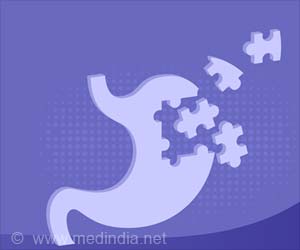Researchers test 40 million compounds and find a biased asthma drug that selectively relaxes airway smooth muscle cells with no detectable drug desensitization.

‘A new class of asthma drug preferentially activates, or switches on a signaling pathway beneficial for treating obstructive lung disease rather than a pathway believed to be physiologically harmful.’





However, for a significant proportion of asthmatics, the effectiveness of existing β-agonists is insufficient to open tightly constricted airways and the clinical benefits realized appear to wane over time, leaving them constantly struggling with the disease.“A lack of more effective therapies to treat or prevent shortness of breath is a major issue for patients with severe-to-moderate asthma,” said Stephen Liggett, MD, vice dean for research and a professor of medicine, molecular pharmacology and physiology, and biomedical engineering at the University of South Florida Health (USF Health) Morsani College of Medicine.
This process, known as tachyphylaxis or drug desensitization, contributes to insufficient asthma control, which leads to increased emergency department visits and hospitalizations.
Researchers wanted to understand the mechanisms of tachyphylaxis, to improve β-agonists by studying 40 million compounds to identify those that activated β2AR (β-agonists) without causing tachyphylaxis.
They found one such agonist, which was structurally distinct from all known traditional β-agonists. Such biased agonists without causing the rapid turndown of receptors when the drug is used on an as-needed basis, or the even greater loss of effectiveness observed with chronic use.
Advertisement
β2-adrenergic receptors are present in airway smooth muscle cells to mediate various functions. The existing β-agonists equally favors activating a G-protein signaling pathway that promotes airway smooth muscle cell relaxation (thus easier breathing) as well as engaging a beta-arrestin (β-arrestin) signaling pathway that leads to the unwanted outcome of tachyphylaxis.
Research is underway to design biased agonists to help alleviate pain without addiction and to better treat certain cardiovascular conditions with minimal side effects.
Source-Medindia















